As urban centers continue to evolve, several U.S. cities are undergoing dramatic transformations. Driven by economic growth, tech industry expansion, and large-scale infrastructure projects, these cities are rapidly modernizing. Over the next five years, high-rise developments, revamped transportation systems, and shifting demographics will redefine their skylines and identities. Here’s a look at 11 cities that will be almost unrecognizable by 2029.
1. Miami, Florida
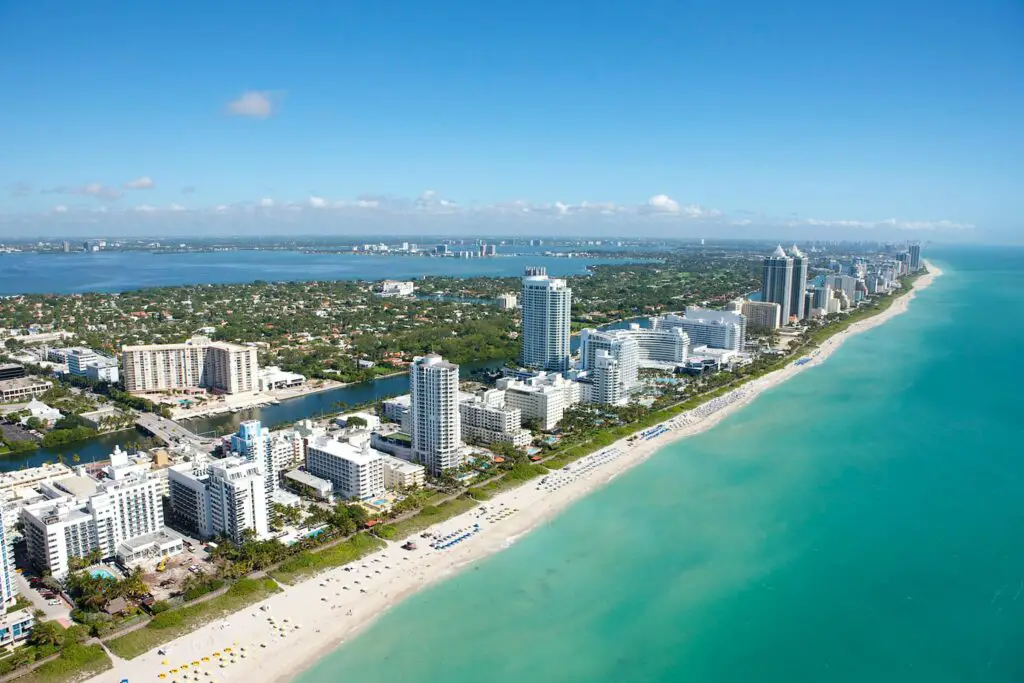
Miami is rapidly evolving into a global financial and cultural powerhouse, with luxury high-rises and tech-driven infrastructure projects reshaping the city. The influx of remote workers, entrepreneurs, and international investors is fueling a real estate boom, pushing property values to record highs. From the expanding downtown corridor to the revitalization of neighborhoods like Little Haiti and Wynwood, the city’s landscape is undergoing a profound transformation. Within five years, Miami’s skyline will be dotted with even more futuristic towers, solidifying its reputation as the “Manhattan of the South.”
Additionally, Miami is heavily investing in climate resilience initiatives, such as elevated roadways and improved drainage systems to combat rising sea levels. Public transportation projects, including expanded rail lines and enhanced bus services, aim to reduce congestion and improve accessibility. As Miami attracts more global talent and businesses, its unique blend of Latin American and international influences will become even more pronounced. By 2029, the city will be nearly unrecognizable, balancing economic growth with sustainability challenges.
2. Raleigh, North Carolina
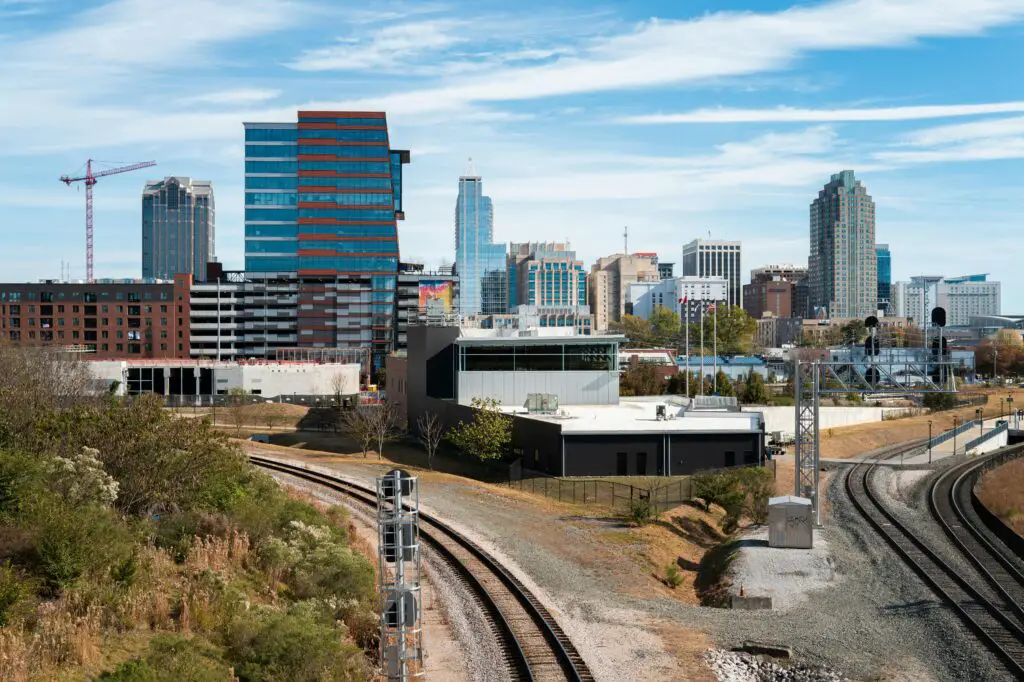
Raleigh is transforming into one of the country’s most dynamic tech hubs, attracting a surge of new residents and businesses. Major companies are relocating their headquarters or expanding operations here, driving up demand for housing and commercial space. To accommodate this growth, the city is undergoing extensive infrastructure upgrades, including road expansions and improved public transit. As a result, previously quiet suburban areas are being developed into bustling urban centers.
The rise of mixed-use developments is reshaping Raleigh’s downtown and surrounding neighborhoods. Tech parks, coworking spaces, and entertainment districts are fostering a vibrant, youthful energy in the city. Additionally, increased investment in green spaces and pedestrian-friendly streets is making Raleigh more livable and sustainable. By 2029, it will stand as a prime example of modern urban planning in the Southeast.
3. Salt Lake City, Utah
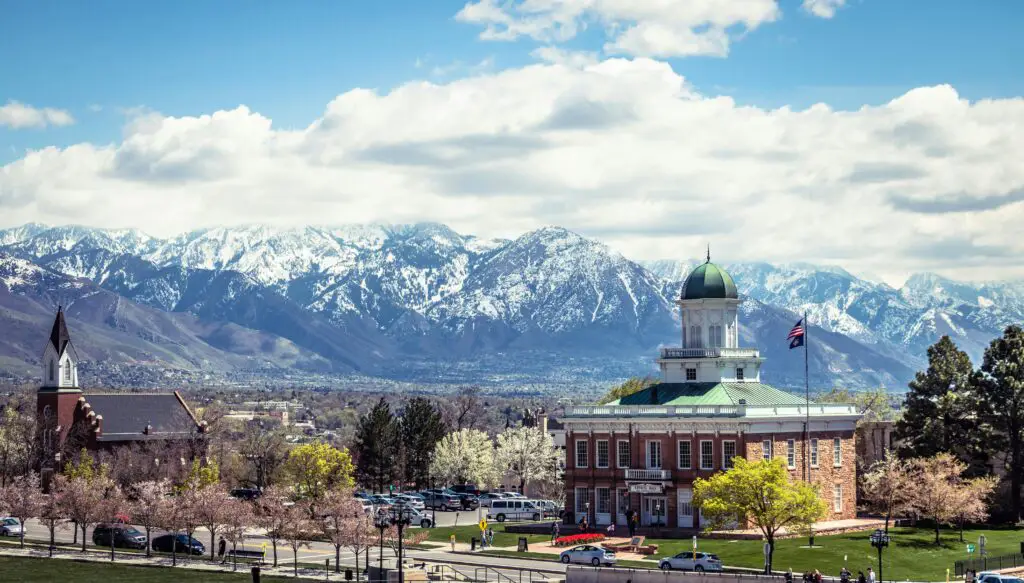
Salt Lake City is rapidly shedding its small-town feel as it embraces its growing status as a tech and business hub. Major infrastructure projects, such as new public transit lines and expanded highways, are preparing the city for an influx of new residents. The downtown skyline is already changing with high-rise developments, new corporate headquarters, and luxury apartment complexes. This rapid urbanization is positioning Salt Lake City as a major economic player in the Mountain West.
At the same time, the city is working to preserve its unique blend of outdoor recreation and metropolitan conveniences. Sustainability-focused projects, such as energy-efficient buildings and expanded bike lanes, aim to maintain Salt Lake City’s high quality of life. The rise of entertainment venues, cultural institutions, and a booming restaurant scene are adding to its appeal. In just a few years, Salt Lake City will be almost unrecognizable from its former self.
4. Austin, Texas
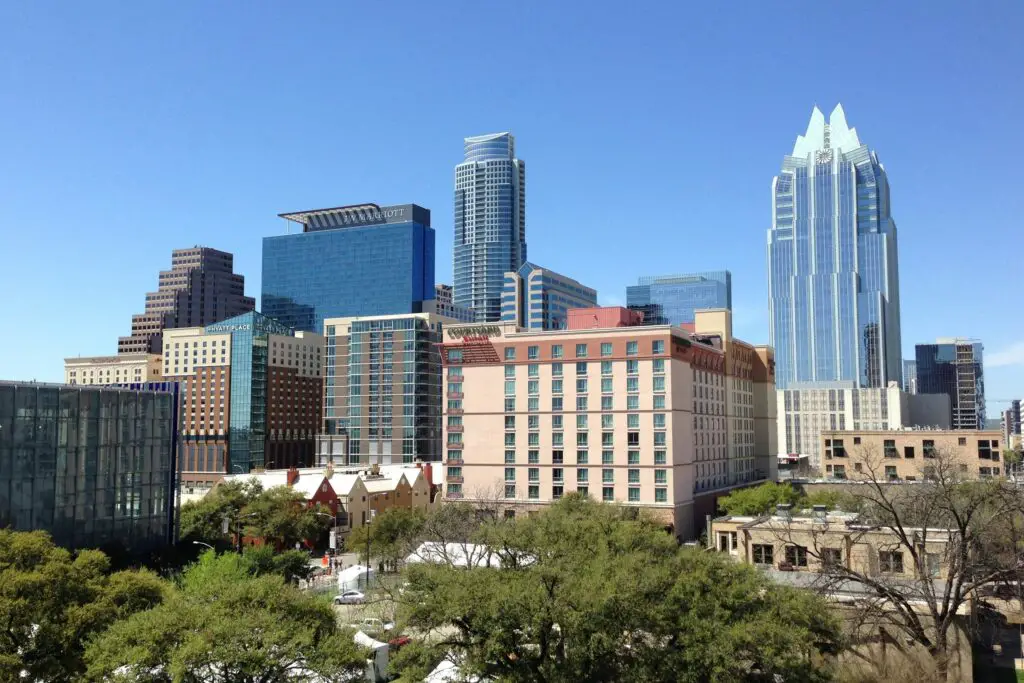
Austin’s rapid expansion is being driven by an influx of tech giants, entrepreneurs, and remote workers. Companies like Tesla, Apple, and Oracle are building large campuses, creating thousands of jobs and drawing in skilled professionals. This surge in population is fueling demand for housing, leading to the construction of high-rise condos and modern residential communities. Neighborhoods that once had a small-town feel are now filled with sleek apartment complexes and bustling entertainment districts.
Despite this growth, Austin is striving to maintain its quirky, artistic identity. The city is investing in public transit improvements, pedestrian-friendly infrastructure, and green initiatives to ease congestion and enhance livability. Music venues, cultural districts, and outdoor spaces are being preserved and enhanced to ensure Austin retains its unique charm. By 2029, the city’s transformation will be undeniable, but efforts are in place to keep its soul intact.
5. Dallas, Texas
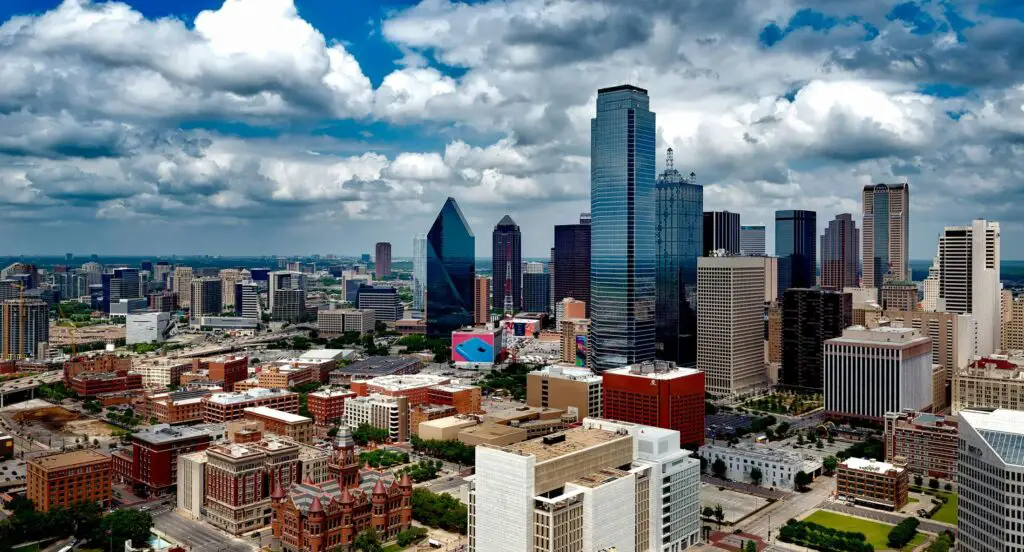
Dallas is in the midst of a construction boom, with new residential and commercial developments rapidly changing its skyline. The city is expanding its public transportation network, improving roadways, and revitalizing historic districts to accommodate population growth. Downtown Dallas is becoming a modern metropolis with sleek office towers, luxury apartments, and cutting-edge entertainment venues. Suburban areas are also seeing rapid development, with planned communities and mixed-use districts catering to new residents.
As Dallas continues to attract businesses from across the country, it is positioning itself as a premier financial and technology hub. Investment in green spaces and waterfront projects is making the city more attractive for families and young professionals. The arts and cultural scene is also booming, with new museums, theaters, and live music venues adding to Dallas’s appeal. By 2029, Dallas will be a far cry from the city it is today, with a stronger focus on sustainability and innovation.
6. Charlotte, North Carolina
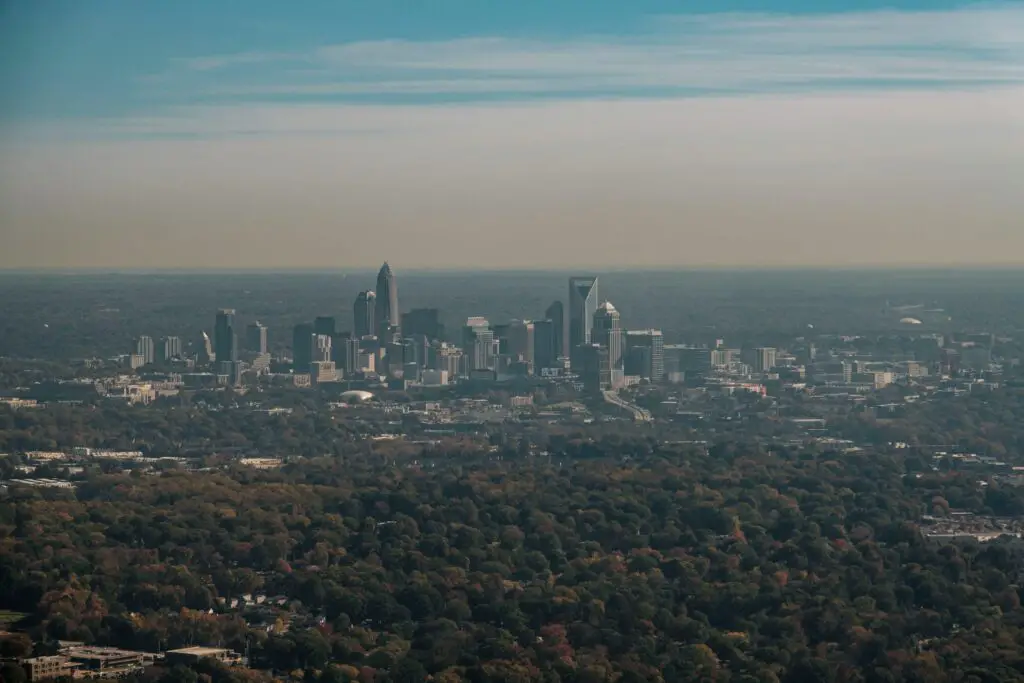
Charlotte’s rapid expansion is fueled by its booming financial sector and relatively affordable housing market. Skyscrapers are rising in the downtown area, creating a striking new skyline that rivals other major financial hubs. The city’s economy is diversifying, attracting tech firms, startups, and entrepreneurs looking for a business-friendly environment. At the same time, suburban areas are being transformed into thriving communities with retail centers, parks, and modern residential developments.
Efforts to improve public transportation and pedestrian infrastructure are reshaping the way people navigate the city. Greenways, bike lanes, and expanded rail lines are being developed to support sustainable urban growth. Charlotte’s cultural and entertainment offerings are also expanding, with new music venues, breweries, and art spaces emerging throughout the city. By 2029, Charlotte will be a far more urbanized and vibrant metropolis.
7. Las Vegas, Nevada
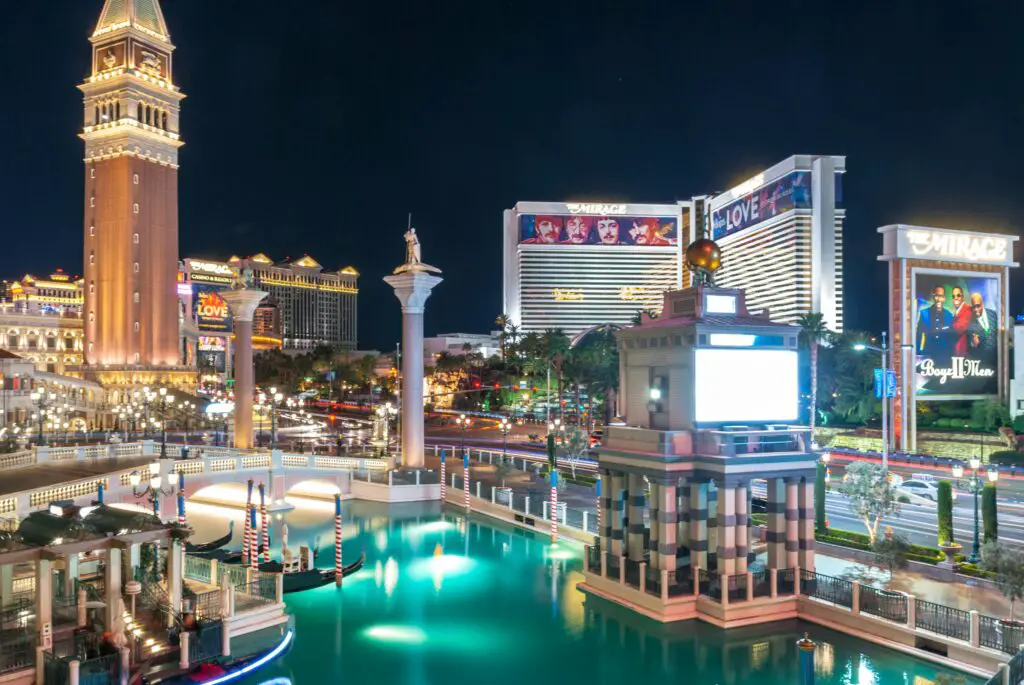
Las Vegas is shedding its exclusive focus on tourism as it embraces new industries and urbanization. The city is seeing a surge in residential developments and tech startups, alongside expansions of cultural amenities. Downtown Las Vegas is undergoing a renaissance, with new high-rise apartments and entertainment venues drawing in residents seeking a more urban lifestyle. The city’s economic diversification efforts are making it a hub for innovation and technology.
In addition to commercial growth, Las Vegas is focusing on infrastructure and sustainability projects. Improved public transportation, renewable energy initiatives, and water conservation programs are shaping the city’s future. Neighborhood revitalization efforts are also underway, creating more livable communities beyond the famous Strip. By 2029, Las Vegas could be as well-known for its vibrant residential life as for its world-class entertainment.
8. Phoenix, Arizona
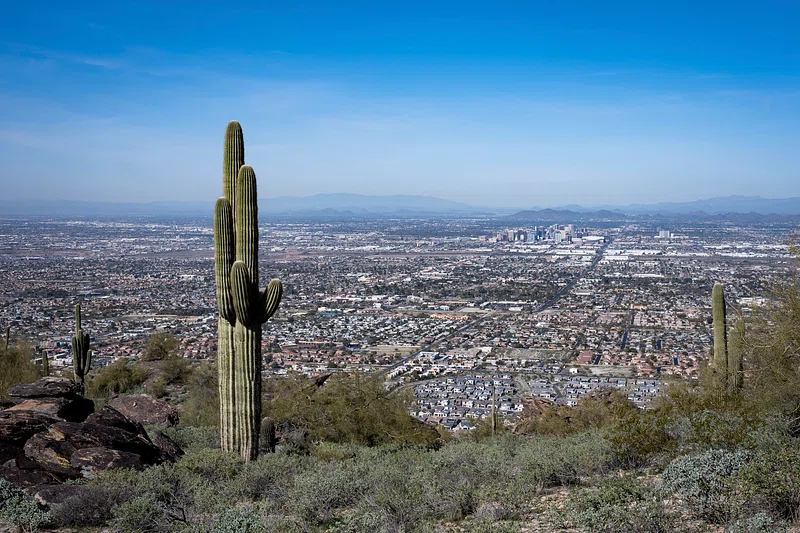
Phoenix, Arizona, is undergoing a significant transformation driven by rapid urbanization and the ongoing tech boom. In the next decade, expect to see the city’s skyline dotted with towering skyscrapers and innovative architecture. As the city attracts more tech companies and startups, its downtown area will become more vibrant and bustling, with new office spaces, retail developments, and luxury living options emerging.
In addition to expanding vertically, Phoenix is investing heavily in sustainable infrastructure, focusing on green spaces, public transportation, and energy-efficient buildings. The expansion of light rail systems and bike-sharing programs will help the city become more walkable and connected. As a result, Phoenix will evolve into a modern, eco-friendly urban center, shedding its image as a sprawling desert metropolis for one that blends innovation with sustainability.
9. Atlanta, Georgia
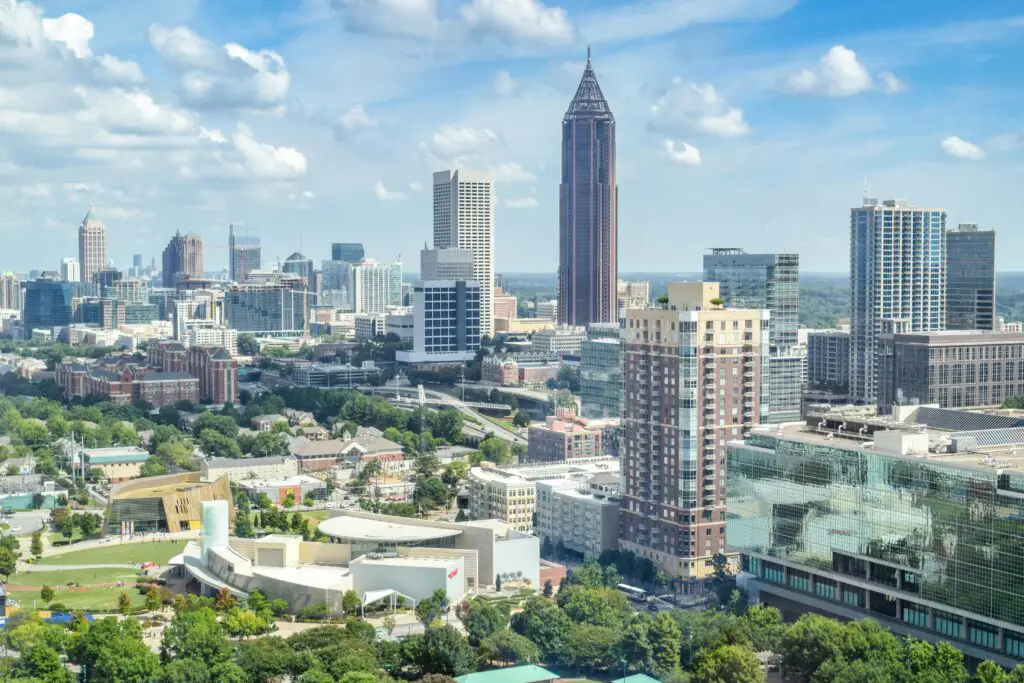
Atlanta is already one of the fastest-growing cities in the United States, and over the next ten years, it will continue to evolve into a major global hub for business, culture, and technology. The city’s booming tech sector, already known as the “Silicon Peach,” is set to expand even further, drawing more young professionals and entrepreneurs. The rise of tech and creative industries will contribute to a shift in the city’s economy and attract a more diverse population, transforming the cultural landscape.
Urban renewal projects will also change the look and feel of Atlanta’s neighborhoods. Traditional suburban sprawl will give way to mixed-use developments that integrate residential, retail, and entertainment spaces. As the city embraces smart city technologies, expect to see more eco-conscious infrastructure, from energy-efficient buildings to automated traffic systems, making Atlanta a smarter, more sustainable place to live.
10. Denver, Colorado
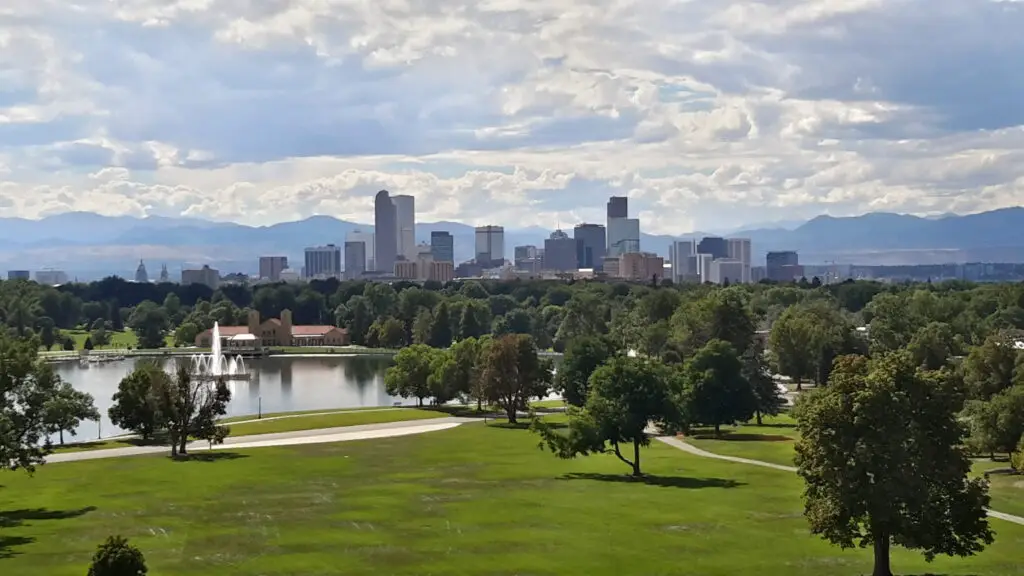
Denver’s explosive growth over the past decade has already begun reshaping its skyline, and this trend is expected to accelerate in the coming years. The city is fast becoming a major hub for tech, finance, and healthcare, with major companies investing in office buildings and campuses that will drastically alter the urban landscape. As more people flock to Denver for its thriving economy and high quality of life, the demand for housing will lead to the development of new high-rise apartments, luxury condos, and mixed-use complexes.
The Mile High City’s commitment to sustainability and innovation will also continue to drive its transformation. Denver’s focus on expanding green spaces, promoting cycling and walking, and upgrading its public transportation systems will make the city more pedestrian-friendly and eco-conscious. Additionally, the development of autonomous vehicle infrastructure could drastically change how people move around the city, potentially reducing traffic congestion and improving urban mobility.
11. Tampa, Florida
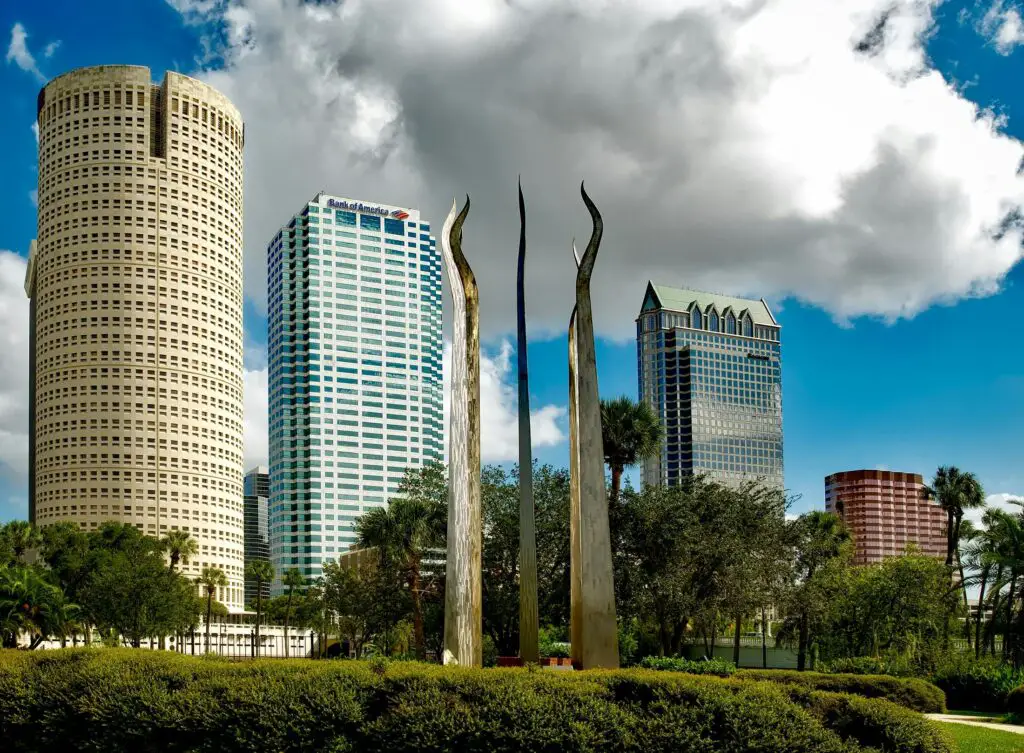
Tampa, Florida, is another city poised for dramatic change, with ongoing investments in infrastructure, technology, and real estate. In the next decade, Tampa will become a more connected and vibrant city as its downtown area undergoes revitalization. Expect to see new office buildings, hotels, and apartments sprouting up, as well as improved public transportation options, including light rail and bus rapid transit systems that will make getting around the city much easier.
The city’s focus on tech innovation will also fuel its growth, with more startups and companies choosing Tampa as a base of operations. The establishment of tech parks and business incubators will draw in young talent, further boosting the local economy. Along with economic growth, the city’s commitment to sustainability will be reflected in greener buildings, eco-friendly urban spaces, and a push for renewable energy sources, making Tampa an exciting, modern destination for residents and visitors alike.
